Thanks for joining us on another TFB Wheelgun Wednesday, where we cover all topics relating to revolvers. As with most things, it’s good to take an objective look at whether our tools are effective or not, so on occasion, we’ve been breaking down the pros and cons of various revolver loading devices. We’ve already covered moon clips and speed strips, but this time we’ll take a look at the pros and cons of speedloaders, which are perhaps the most well-known revolver loading device. Let’s dig in.
Wheelgun Wednesdays @ TFB
- The Pros And Cons Of Moon Clips
- The Pros & Cons Of Speed Strips
- A Unique Speedloader for Revolvers- The Link Loader
- The Forcing Cone Zone
- Get Wound Up with Spring-Driven Cylinder Revolvers from .410 to 40mm!
For anyone that’s not familiar with speedloaders yet, they are cylindrical in shape and are sized to match specific calibers and capacities of a revolver’s cylinder. The rims of the cartridges are locked into the speedloader until needed, and can typically be unlocked in one of three ways depending on the design of the speedloader; turning a knob on the speedloader, or pushing a button that impels the cartridges out, or pressing the inner center knob, which happens naturally when the speedloader is pressed against the back of the revolver’s cylinder when charging the chambers.
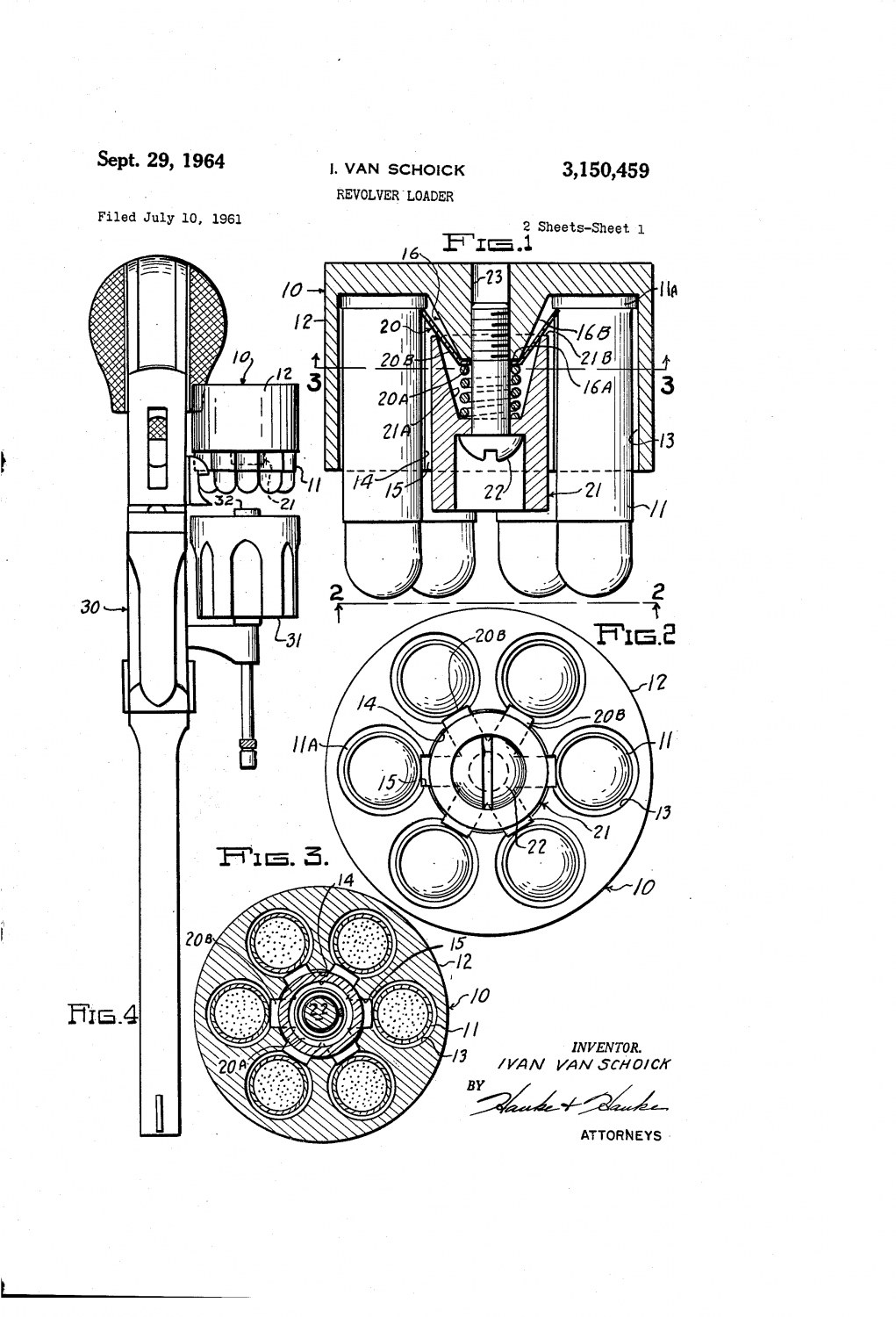
Ivan Van Schoick’s revolver loader patent from 1961.
The concept of speedloaders is nearly 150 years old. This notion of loading a revolver all at once came about a decade after Smith & Wesson developed the Model 3 top-break revolver, which exposed all of the chambers at once and ejected the spent casings automatically. This is compared to the loading gate designs where only one chamber could be loaded or unloaded at a time. Since then, numerous speedloaders have been patented and fielded by target shooters, hunters, competitors, concealed carriers, law enforcement, and soldiers in the case of the Prideaux Loader for .455 Webley and .38/200 top break Webley revolvers, which was used by the British in the Boer Wars and World War 1.
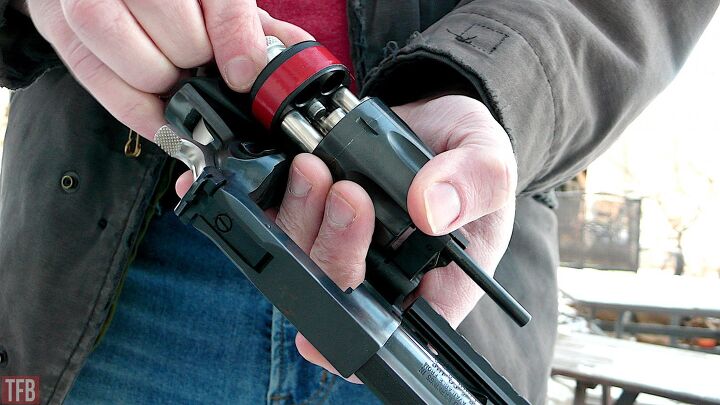
The author using an HKS Speedloader for his Ruger GP100. Note the rounds in motion after being released.
THE PROS AND CONS OF SPEEDLOADERS
At present, there are roughly eight speedloader manufacturers, which goes into the “Pro” category since between them all, they’re covering a lot of different wheelguns, cartridges, and the varying capacities thereof. There are about 20 cartridges represented by the speedloader manufacturers; .22LR, .22WMR, .32 H&R Magnum, .32 Short, .32 Long, .327 Federal Magnum, 9mm, .38 Special, .357 Magnum, .41 Magnum, .44 Magnum, .44 Special, .45 Colt, .45 Auto Rim, .454 Casull, .410, .460, .480, .500 S&W, and 40mm. The following is a list of the current speedloader manufacturers, as well as their price ranges from lowest to highest, with links to their websites, and availability if not sold directly.
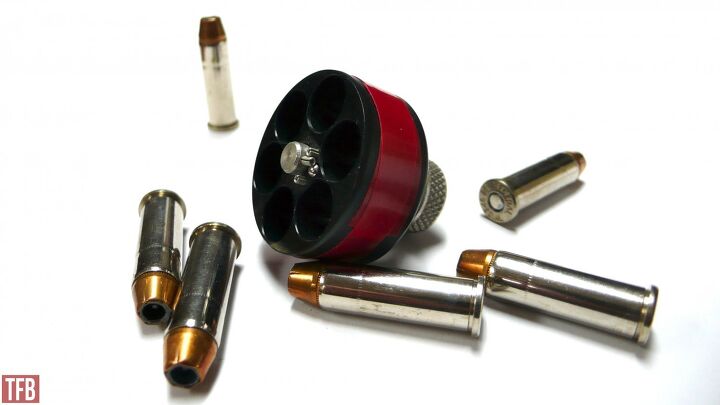
Safariland: $13.50-18.99 (Comp I, II, & III models)
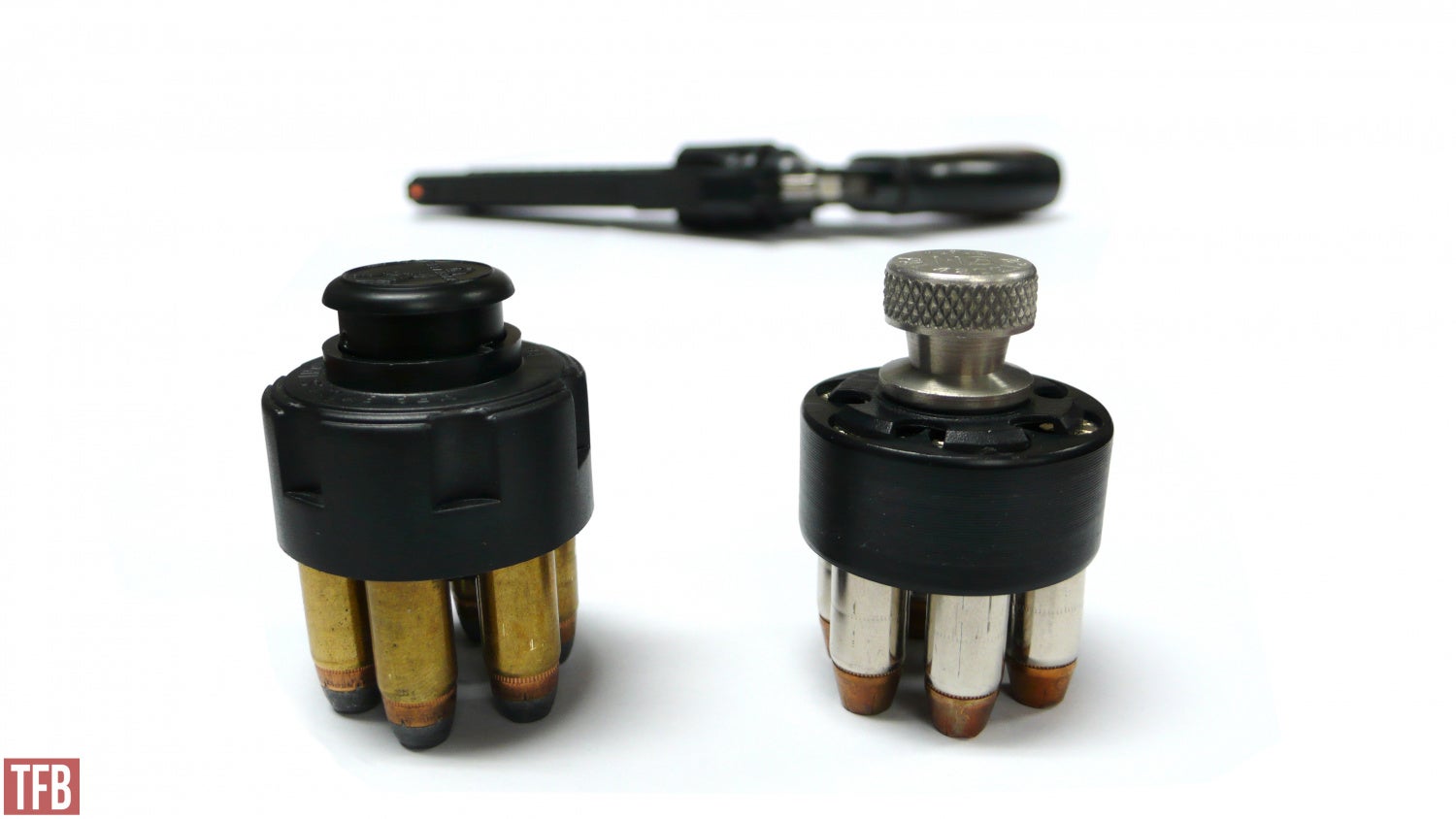
Safariland Comp II Speedloader (left)
Revision CV: $14.95
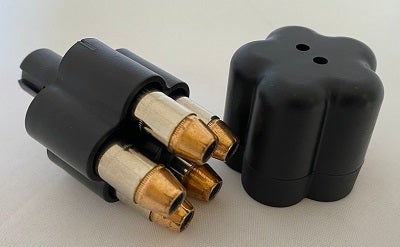
Image credit: Revision CV
5 Star: $19.95-24.95
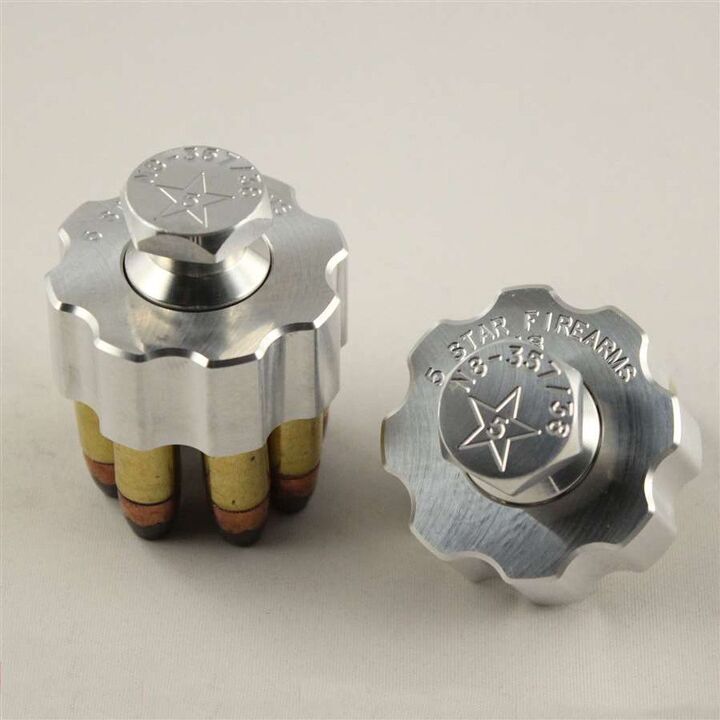
Image credit: 5 Star Firearms
Pachmayr: $27.50
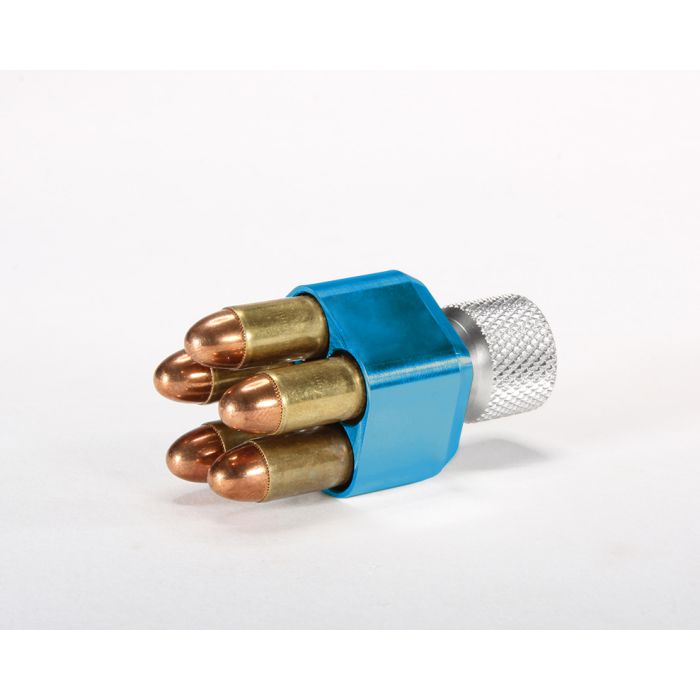
Image credit: Lyman Products
SL Variant: $32-35
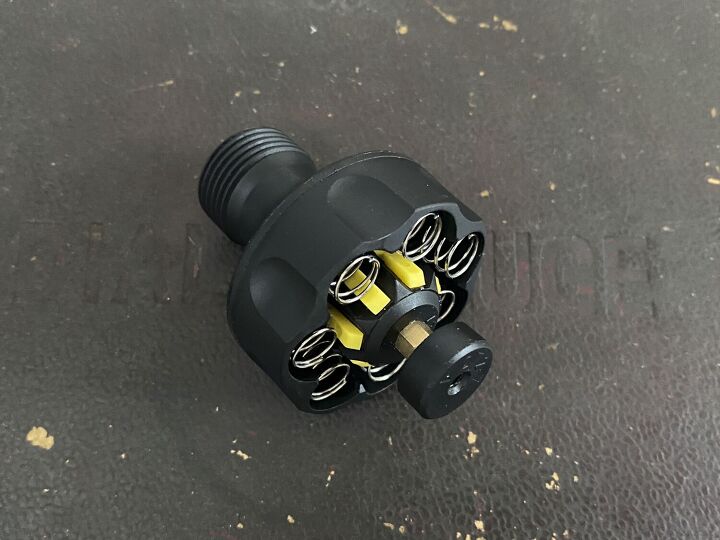
Image credit: SL Variant
Speed Beez: $38.95

Image credit: Speed Beez. These use an external spring to hold the rims of the cartridges.
Obsolete Arms: $50 (Kimber K6S only)
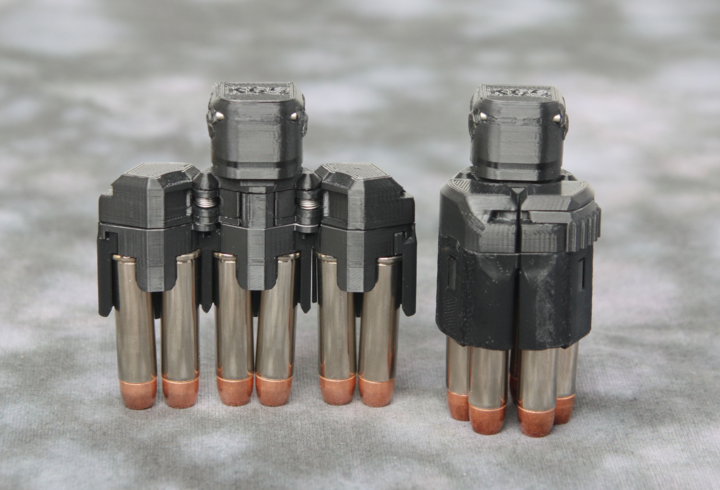
Image credit: Obsolete Arms. This speedloader is hinged to be more concealable, but retracts to Kimber’s K6s cylinder size.
PROS of using speedloaders
Speedloaders can actually live up to their name, in that they’re one of the fastest reloading options for revolvers. Moon clips certainly have the ability to beat a speedloader, but it completely depends on the caliber. Many shooters have noted that moon clips for .38 Special and .357 Magnum tend to allow too much play while holding the rim of the cartridges, which can hinder a smooth reload. However, my time spent with the .45 ACP S&W 625 had extremely smooth reloads, while the 10mm Auto S&W 610’s reloads were just slightly slower to drop in. Getting back to the .38 and .357, this is where speedloaders shine over the moon clip, in that they hold the cartridge rigidly, so if you line up two cartridges with two chambers, the rest are going to be lined up as well.
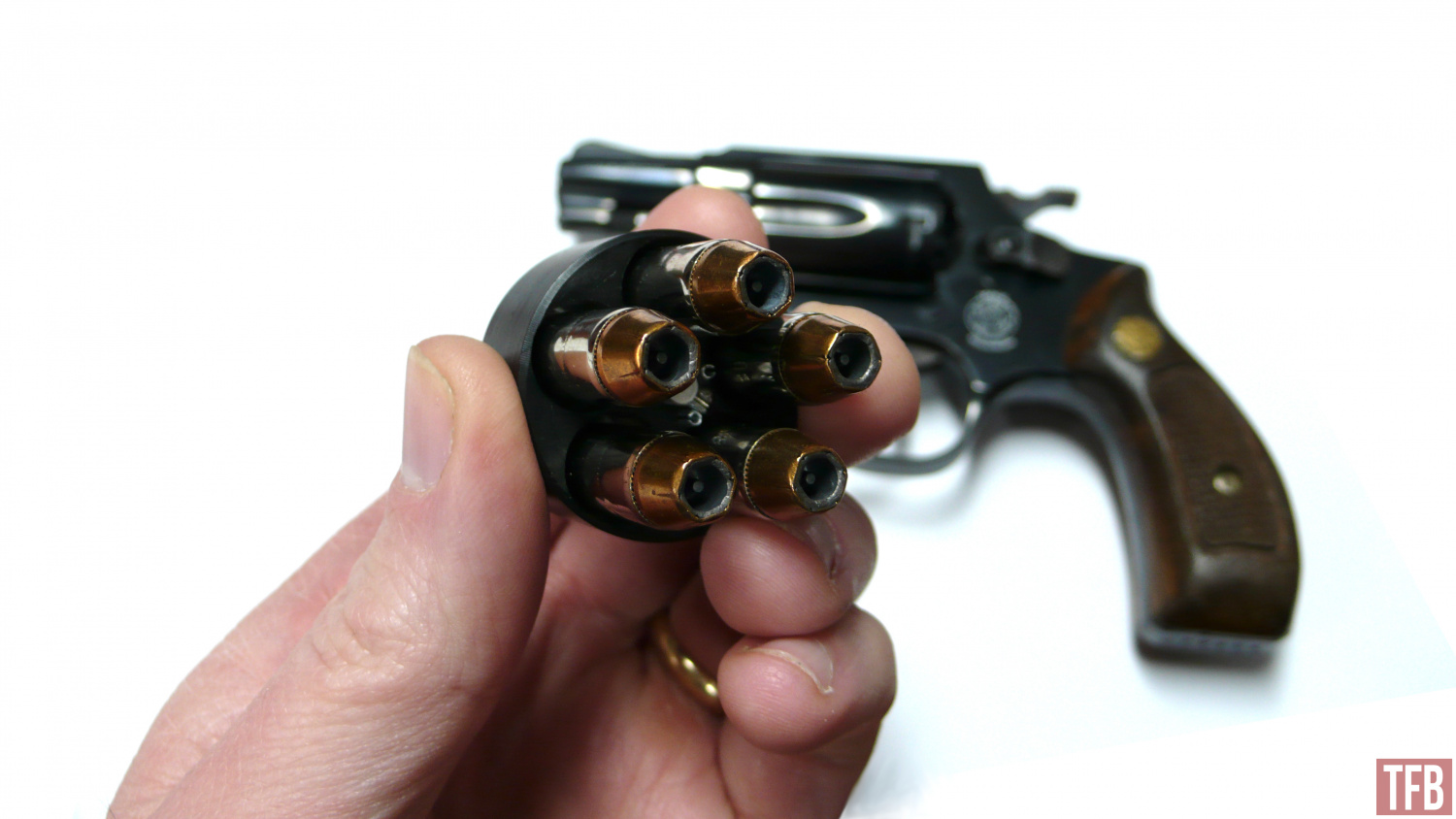
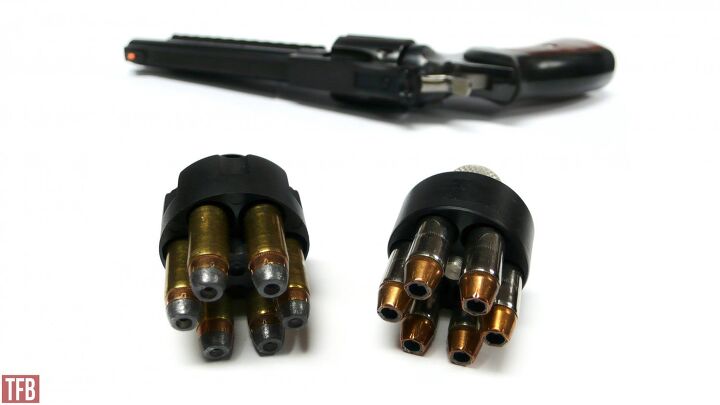
The speed advantage of speedloaders does take practice, and where you’re storing your speedloaders will of course factor into how quickly you can reload your wheelgun. Tell us how you carry your speedloaders in the comment section!
A second great advantage of speedloaders is that they’re pretty affordable, and you don’t need a ton of them. With a price range of $13-$50, there are options for every budget, and while having more is always better for training and range time, one could get by with having only one or two. Incorporating plastics into some of the models seen above saves money, as well as weight, all while having a sturdy construction.
A third nod to speedloaders is that they’re easy to use. I admit that I haven’t yet tried all of the models above, and each one may have its own nuances to lock and release, but they’re not enigma machines. Practicing the cartridge lock a few times should be all that’s needed to get it down. Getting the speediest lineup and release will take a bit more practice though.
NEUTRALS
Protecting cartridge primers is something I prefer when carrying a reload. Even though I wouldn’t carry a reload in the same pocket as my keys, I just don’t like to give that jerk Murphy a chance if I can help it. It seems as though there’s a pretty even split between all of the speedloader models available, where half do cover the primers, while the other half do not cover them. Several manufacturers offer both styles.
Since reloading a revolver is already a relatively slow endeavor compared to reloading a semi-auto, time is of the essence, and the prevailing practice is to drop your speedloader as soon as it’s released the fresh cartridges into your revolver’s cylinder. While this is a minor gripe, there are circumstances, such as training in groups, or hunting in which the grounded speedloaders could get lost in the grass or brush. I’ve taken to wrapping a strip of brightly colored electrical tape around my speedloaders for just those occasions, and it could help others see it more easily so they don’t get stepped on as well.
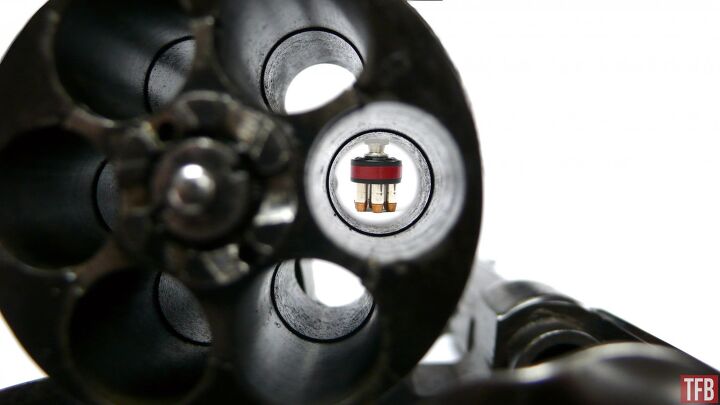
CONS of using speedloaders
The biggest negative aspect of speedloaders is that they’re less concealable than speed strips or loose cartridges in a pocket or on a belt pouch, however, the loose rounds reloads have their own issues that we’ll discuss in another Pros & Cons edition. Because the speedloaders have the same diameter as the revolver’s cylinder, there’s a good chance that it’s going to print through the clothing, or at least appear as an awkward-looking bulge. Putting a speedloader in a cargo pocket may prevent printing, but the roominess of the pocket will cause an inconsistent orientation of the speedloader, as well as make you reach further away from your gun where the ammo needs to go.
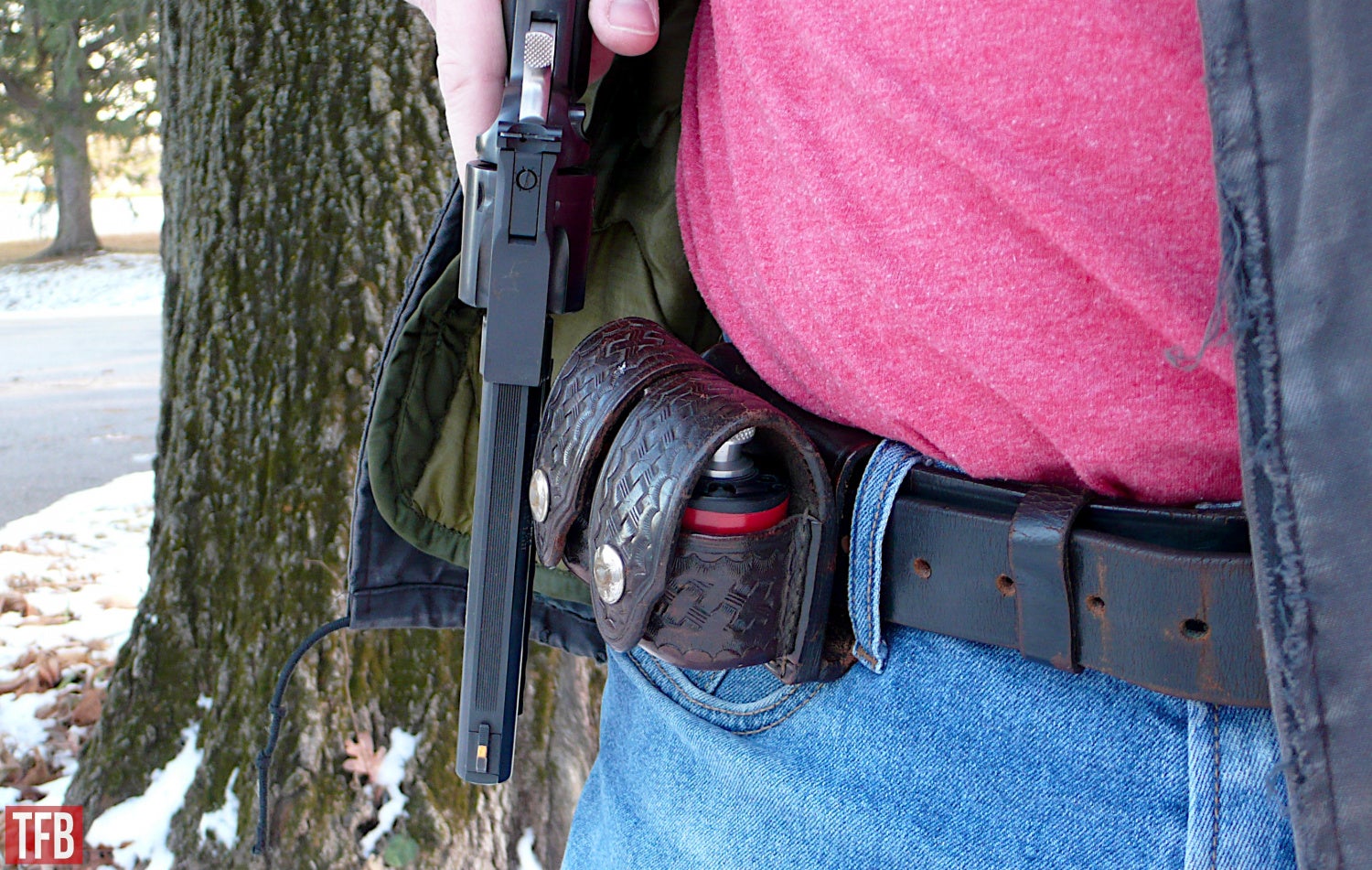
There are of course belt pouch options that keep you from digging into pockets, but the stereotypical two-speedloader pouch system seen on duty belts from days gone by is quite bulky. There are also nylon belt pouches, which have a lower profile than leather but may still look awkward if trying to conceal. The “Split-Six” style pouch conceals a bit better as long as your wardrobe style includes an untucked shirt. The Split-Six style reload utilizes the wearer’s belt to split the cartridges; three on the outside of the belt and three on the inside, or three and two for 5-shot speedloaders.
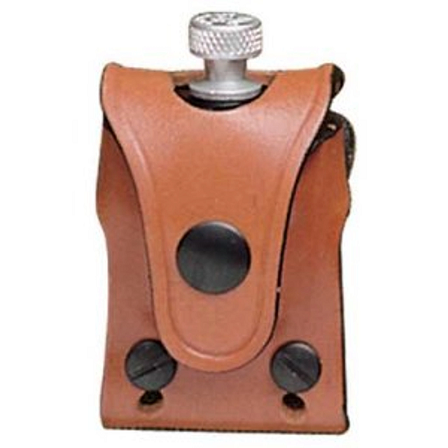
Image credit: Desantis Holsters. “Second Six” speedloader pouch.
Split-Six style pouches can range from around $20-60, but if you want to go with one, make sure it will fit your belt, as some pouches are made with wide-duty belts in mind, while others are made for normal-sized everyday belts. Safariland also makes a Split-Six clip that is very budget-friendly, but appears as though it’s only made for duty belts, and shouldn’t be confused with the non-split speedloader clip.
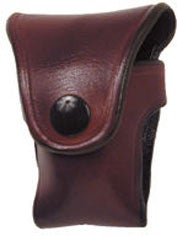
Image credit: Don Hume Leathergoods. “Pack Six” speedloader pouch.
Another downside of speedloaders, using the HKS vs Safariland speedloaders as an example, is that their release methods are just different enough, that you’re likely going to want to try them both and decide which style you prefer. The good news is that buying one of each isn’t going to break the bank, but once you decide, you’ll likely want to invest your time and money in that one style. It’s not that you can’t use both, but if you plan on carrying a speedloader for self-defense, hunting, or competition, then efficiency will be key, and switching back and forth between the turn-knob and center-release could create a time penalty, however that may relate to the reason you need it. It should also be noted that while HKS and 5 Star use a turn knob, HKS uses a clockwise turn to release the cartridges, and 5 Star uses a counterclockwise turn to release them.
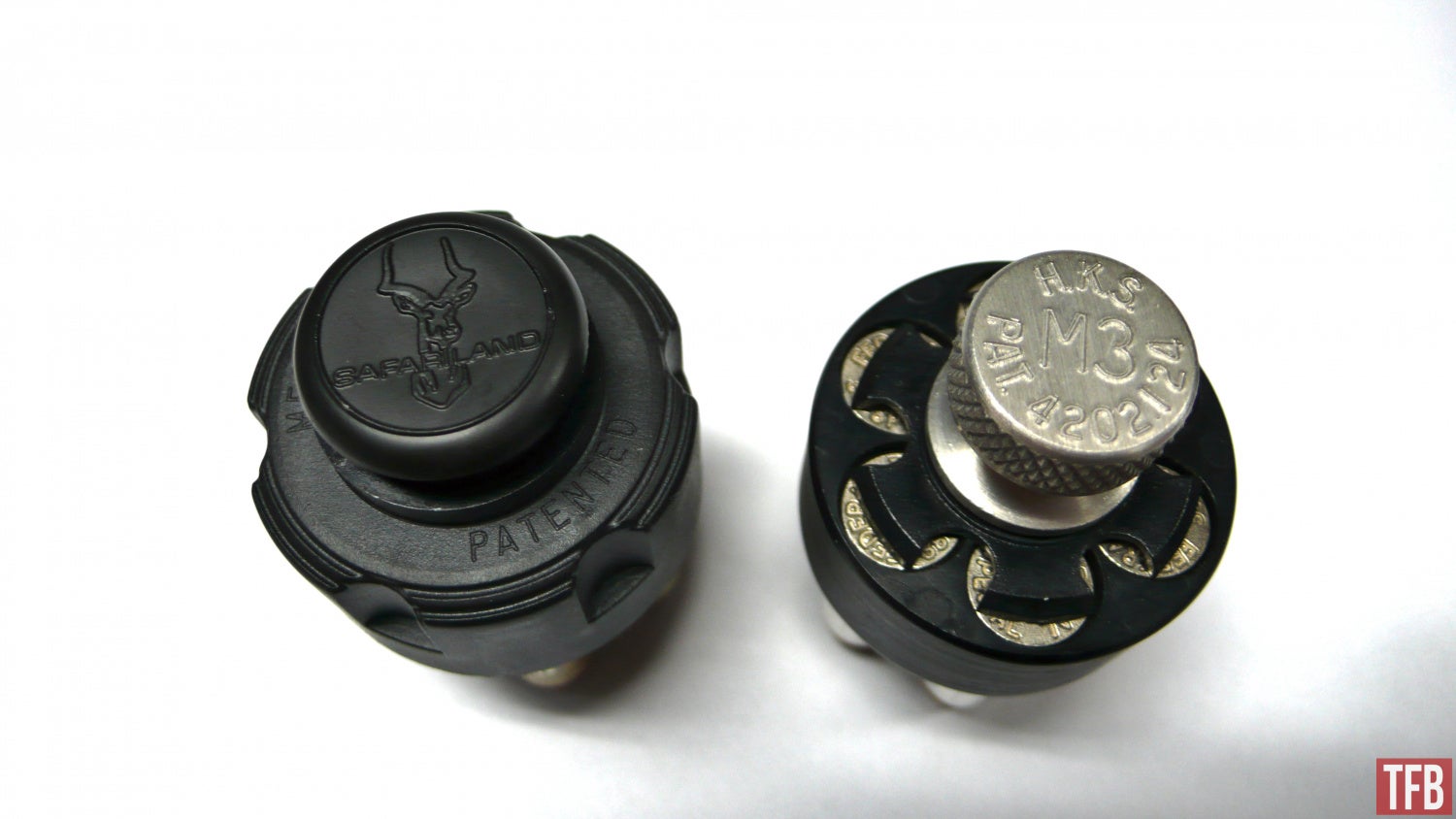
A couple final negatives against the speedloader is that obscure revolvers may not have the right geometry to work with the current batch of speedloaders, and some may have a rattle, although I’ve never experienced that myself.
FINAL THOUGHTS
Despite revolvers being slow to load, and needing to be loaded more often, speedloaders are a pretty quick method to use and easy to manipulate, which is why they were carried so regularly by law enforcement towards the latter end of the revolver age. However, when it comes to concealing speedloaders, more care needs to be taken.
What do you think, are there any pros or cons I missed? Which speedloader do you like the best, and how do you carry them? Do you have a preference on whether the primers are covered while locked in the speedloader?
We are committed to finding, researching, and recommending the best products. We earn commissions from purchases you make using the retail links in our product reviews. Learn more about how this works.
 Your Privacy Choices
Your Privacy Choices
